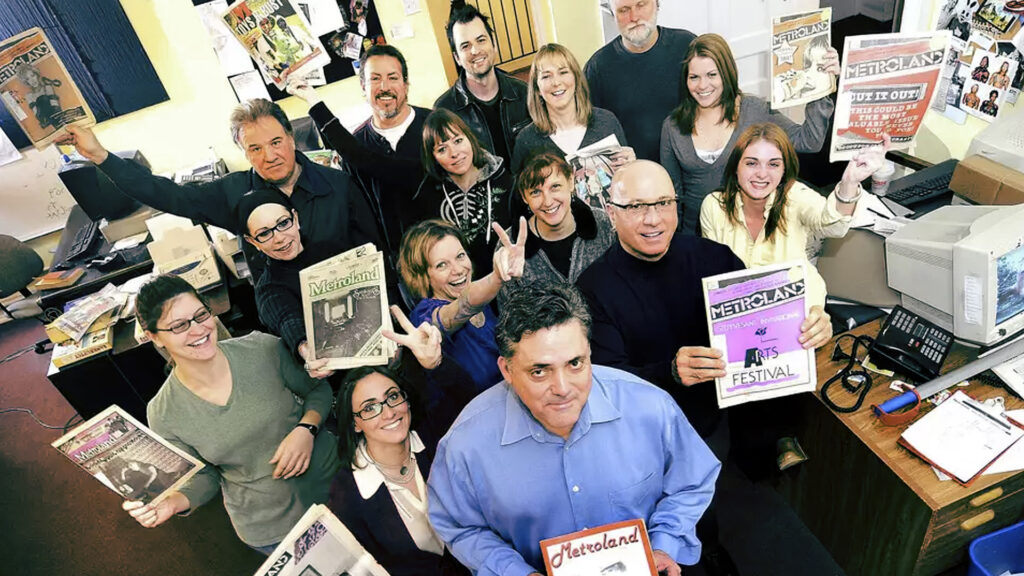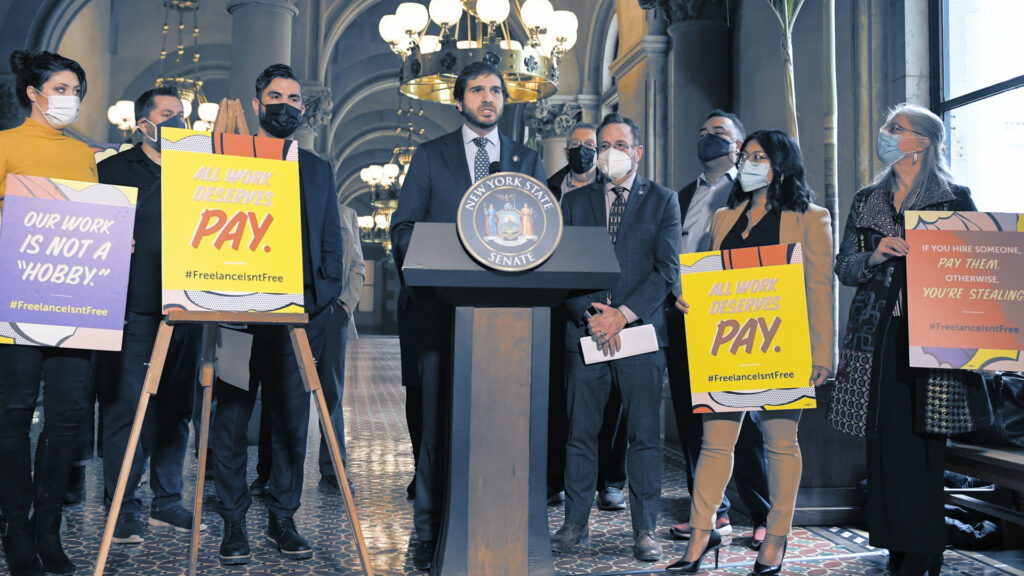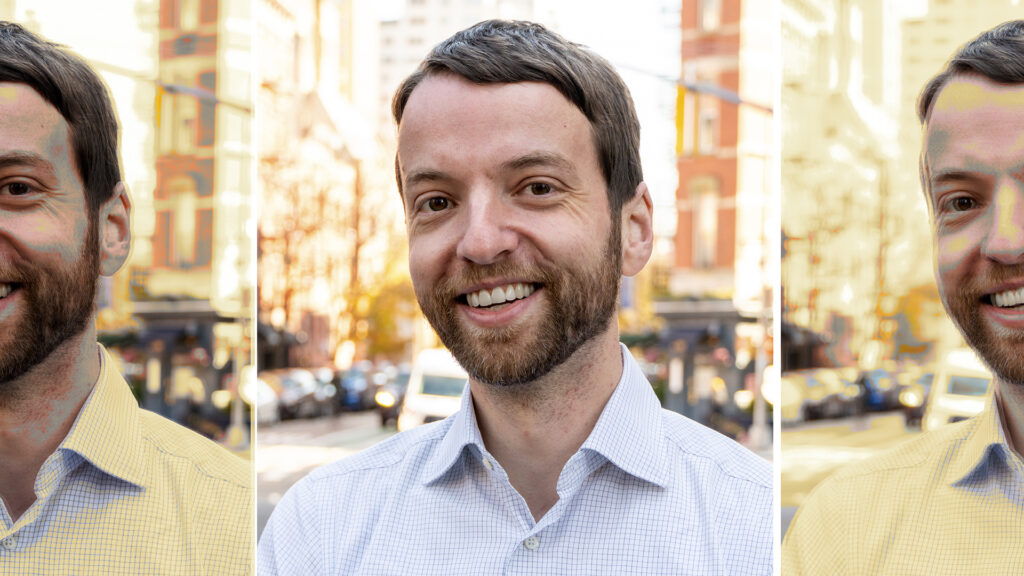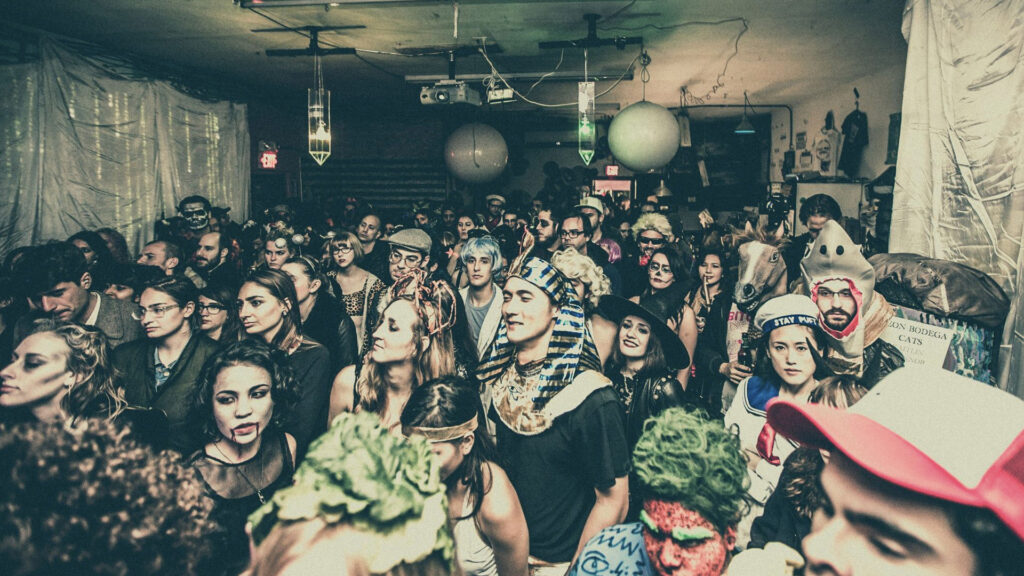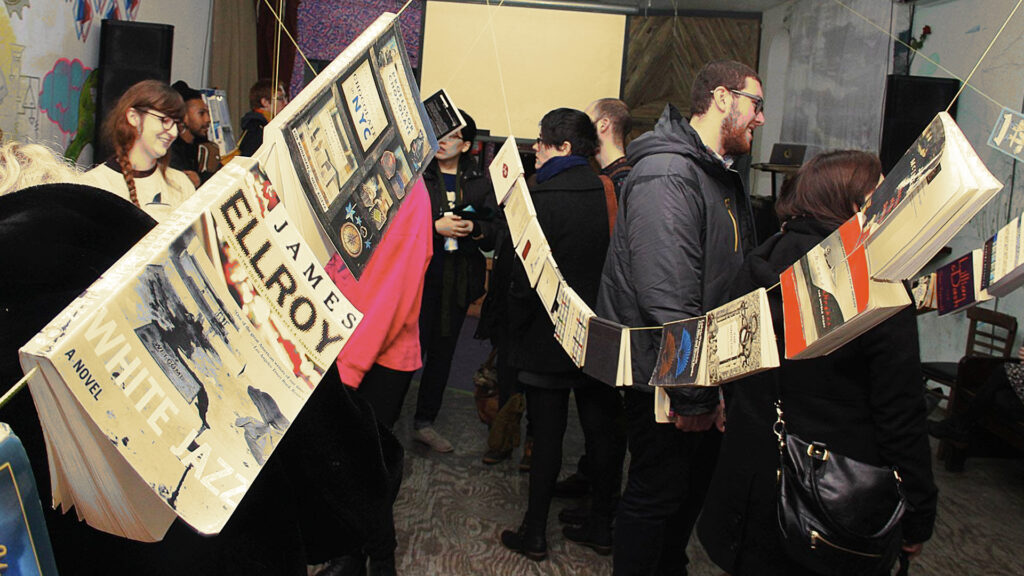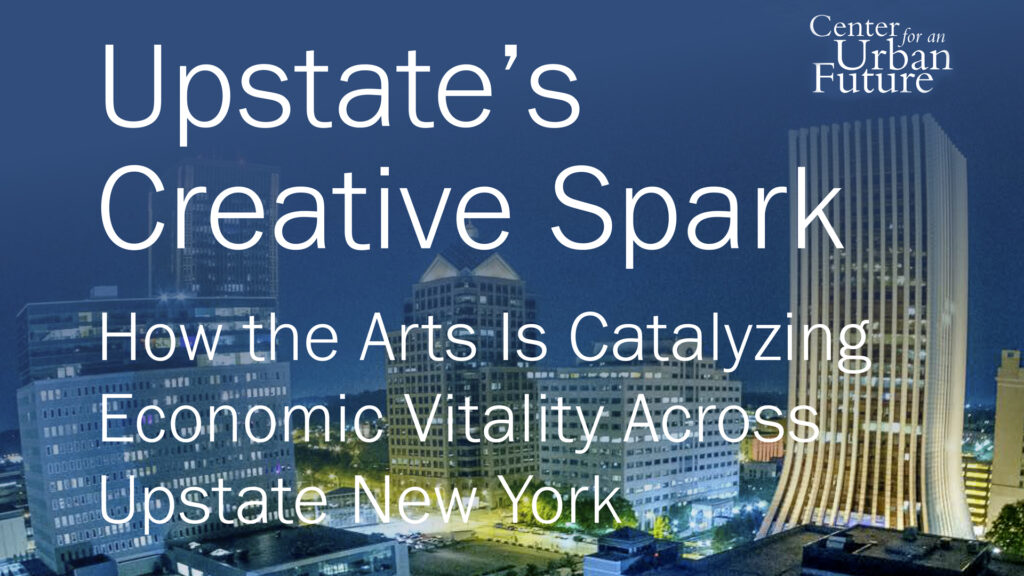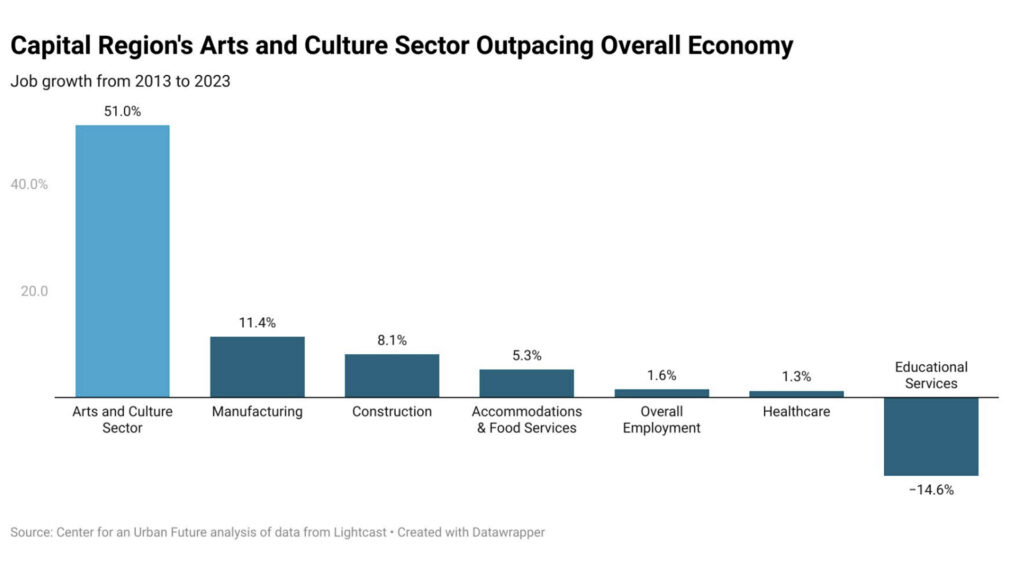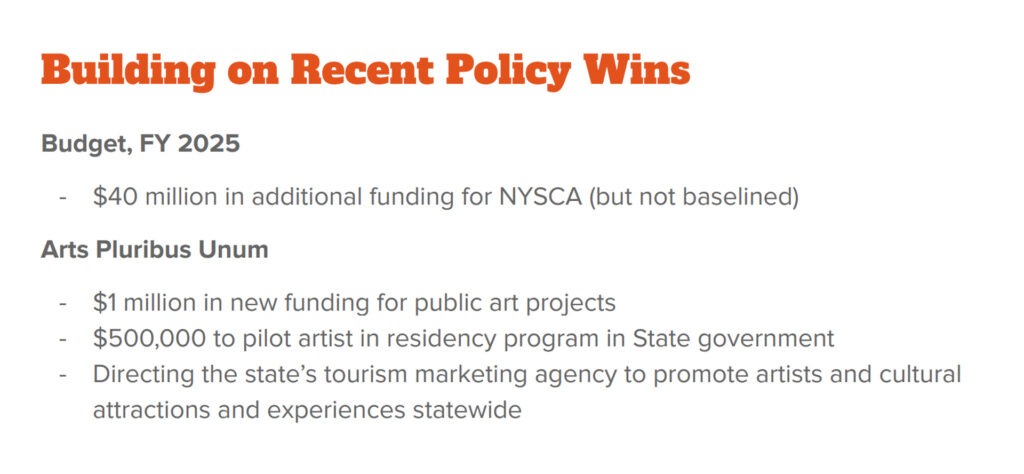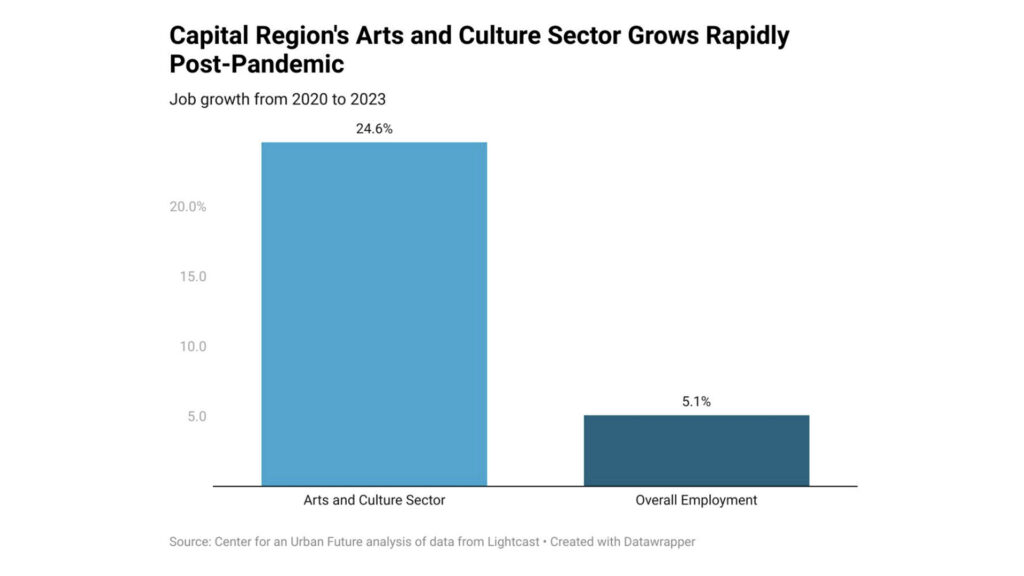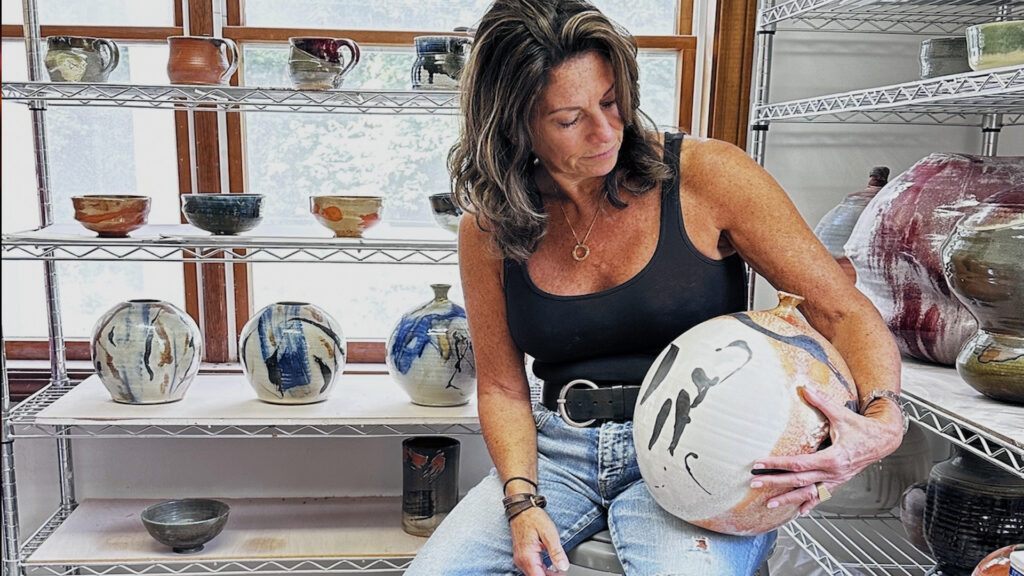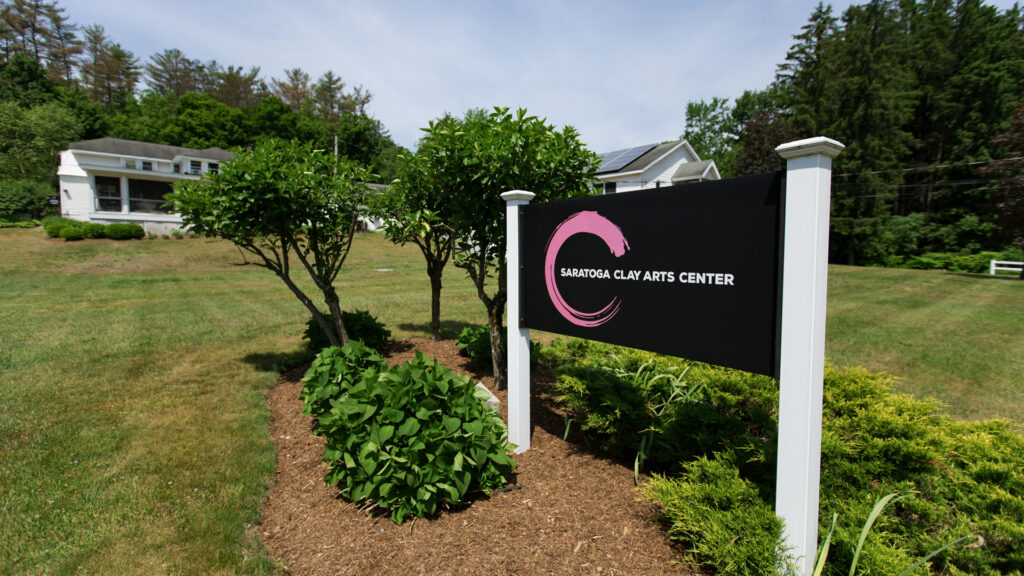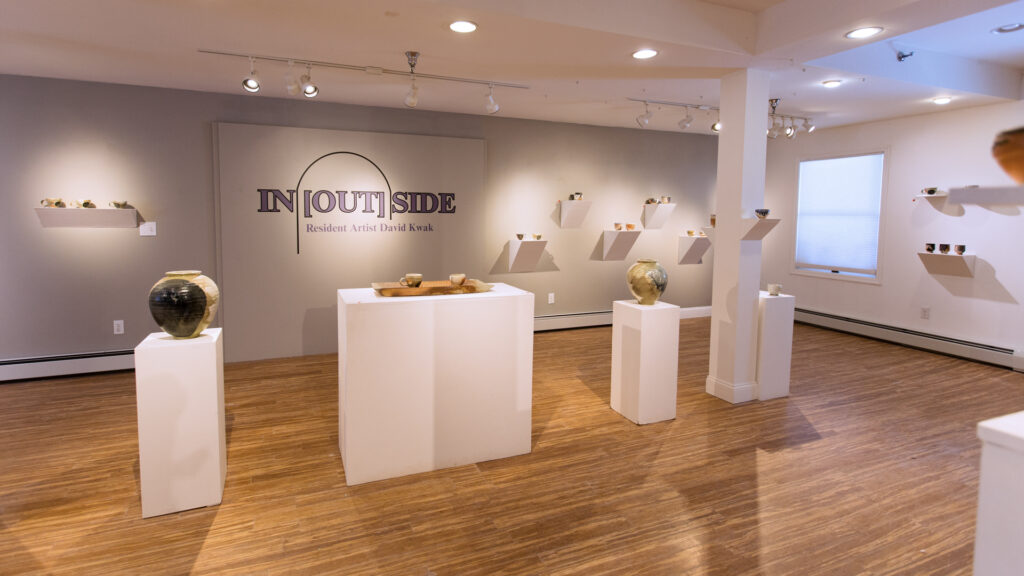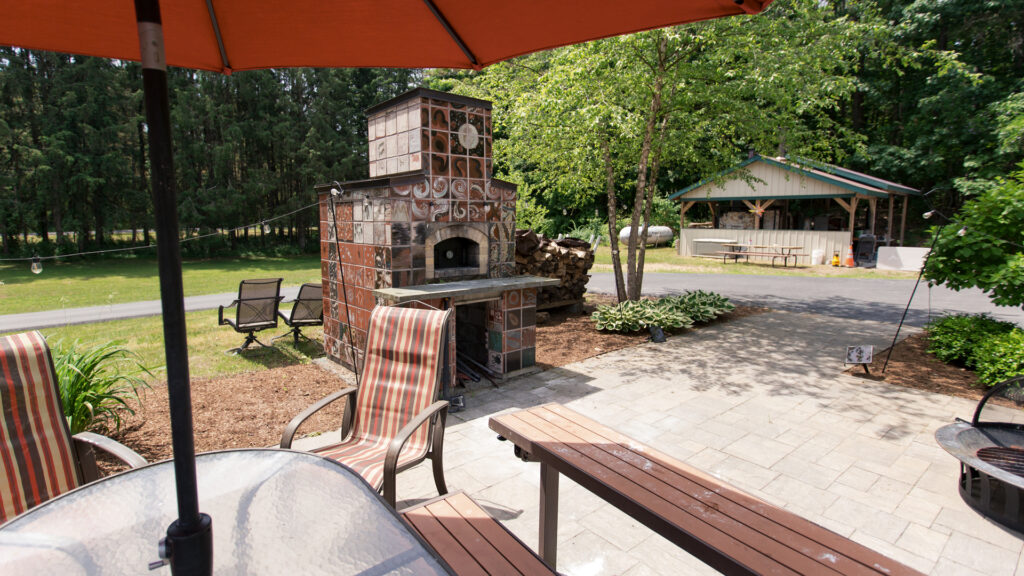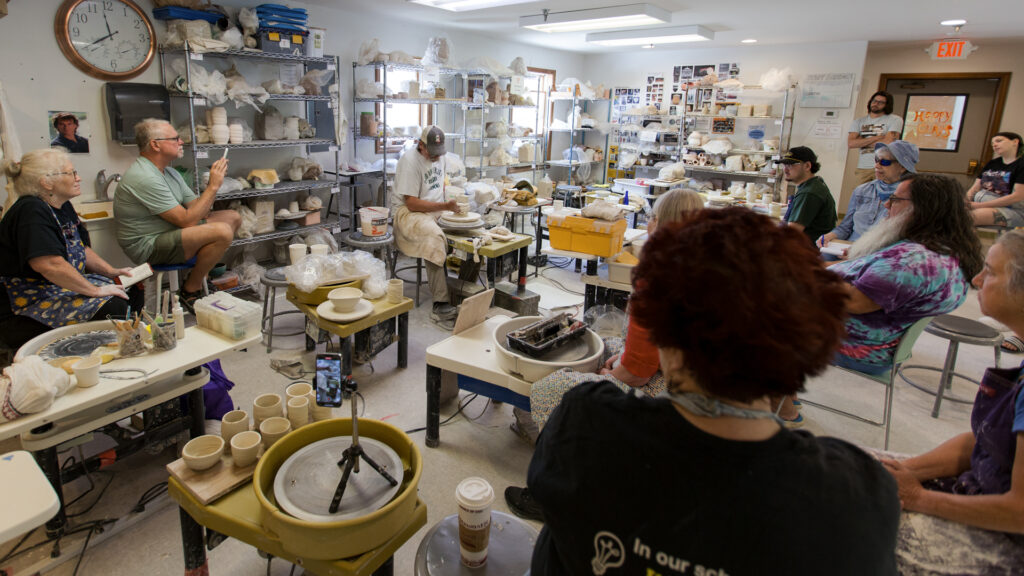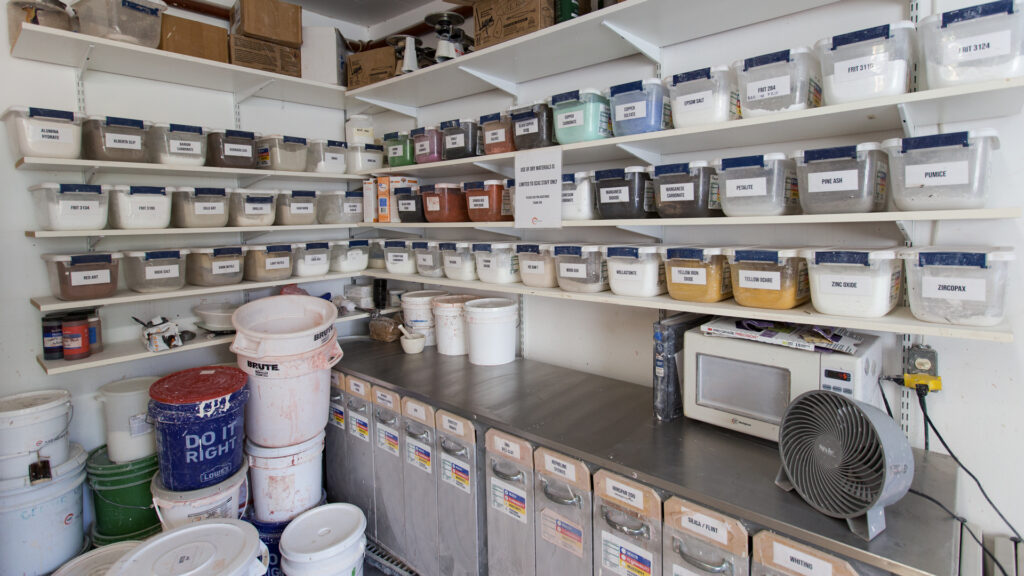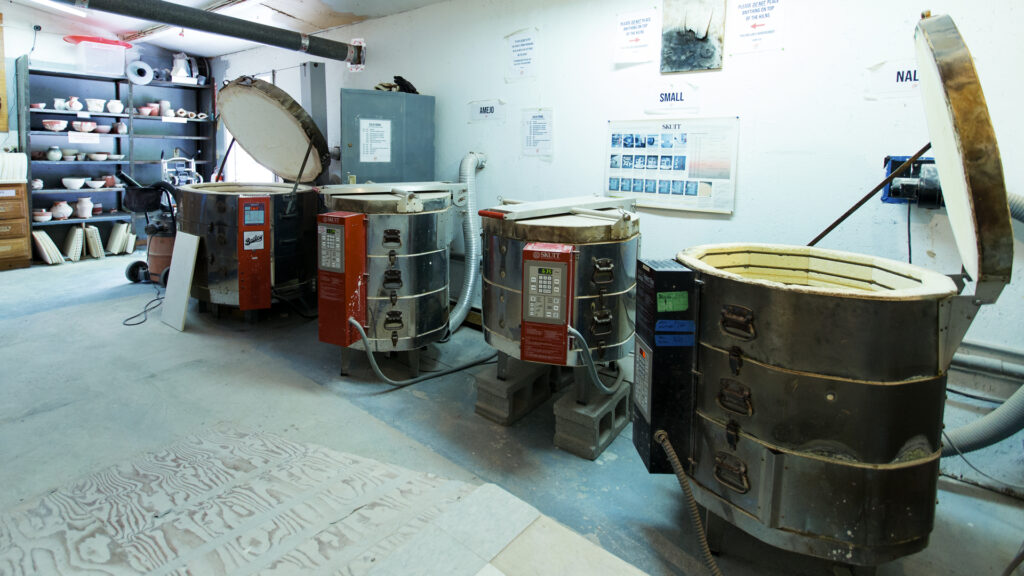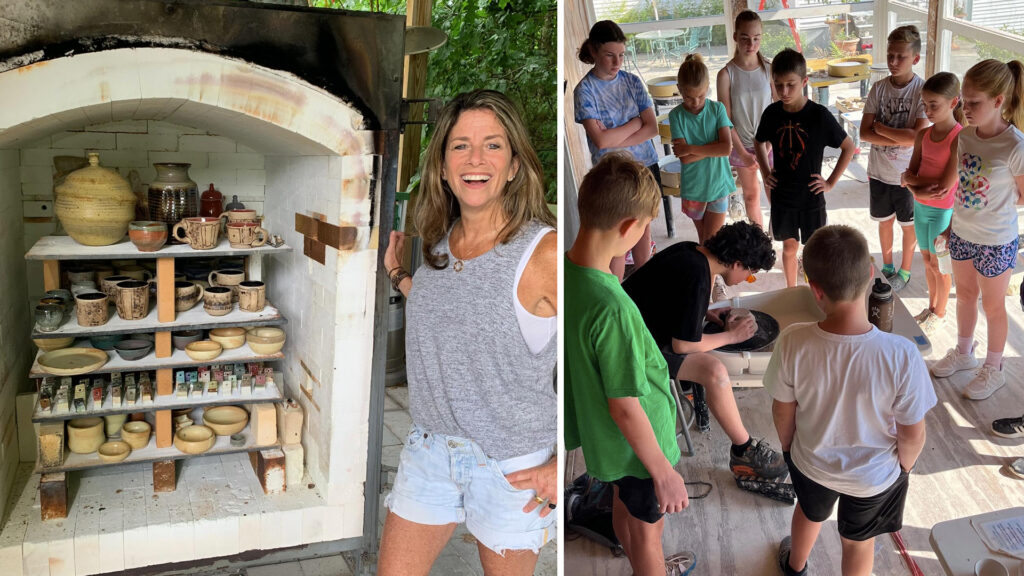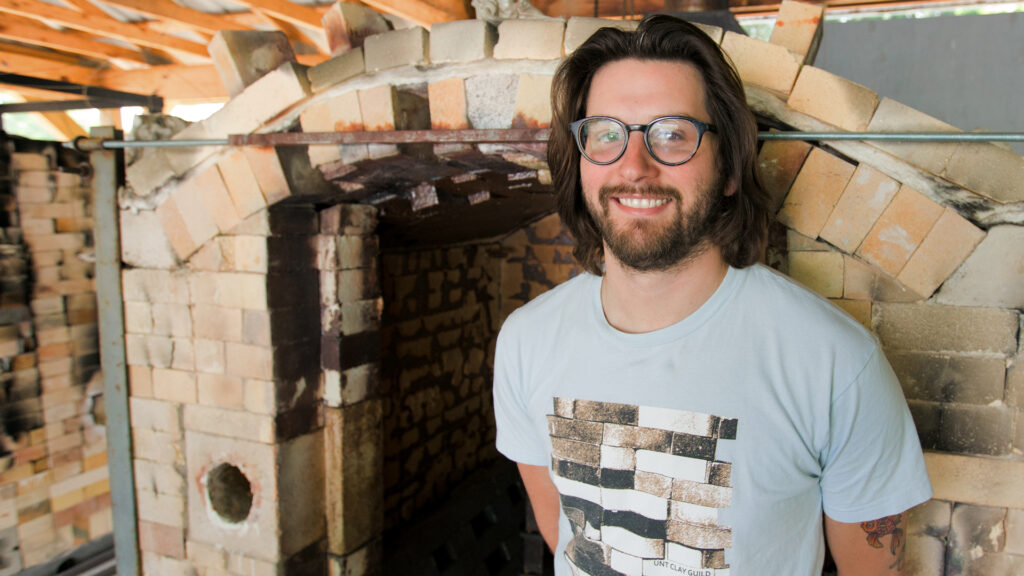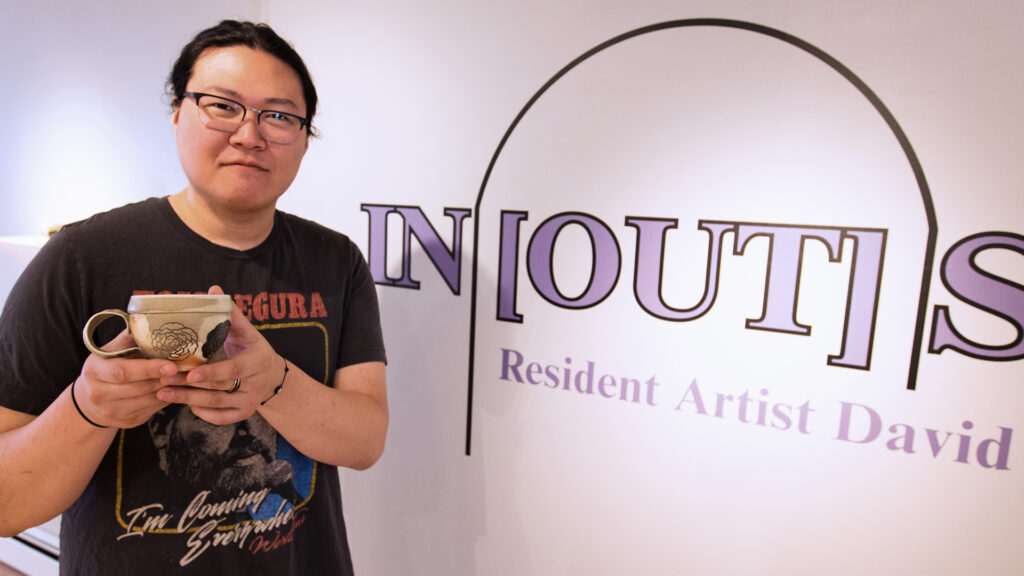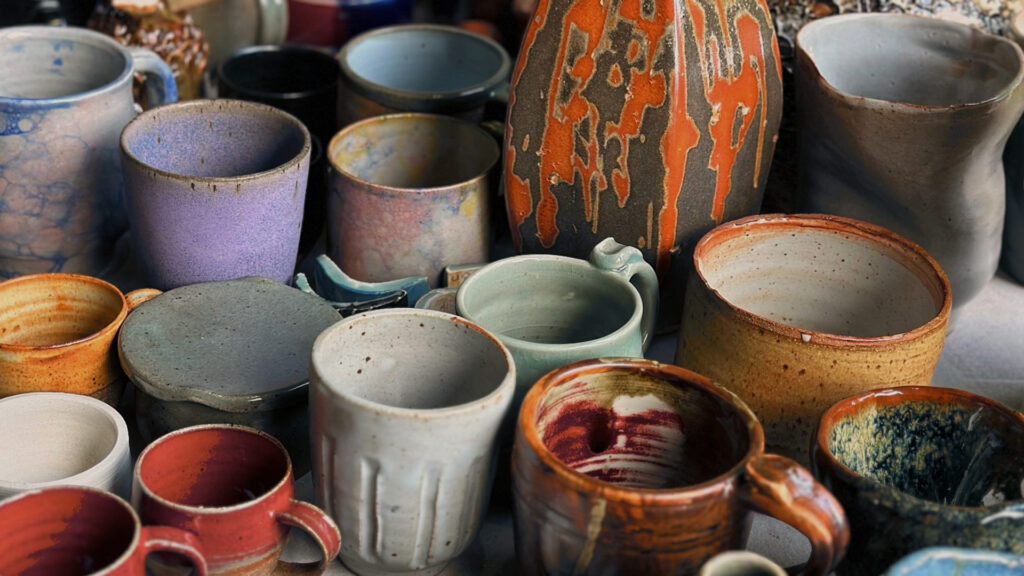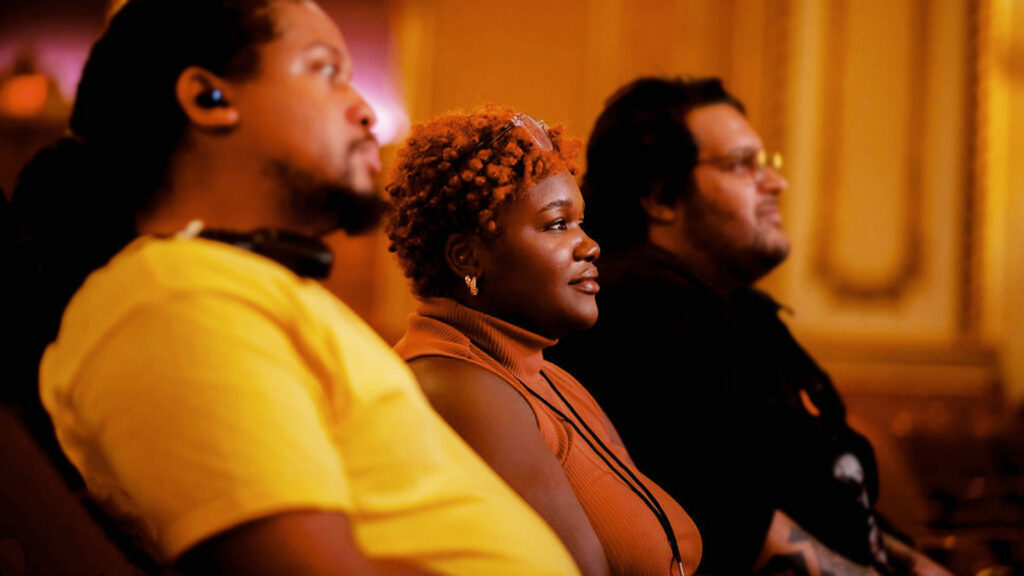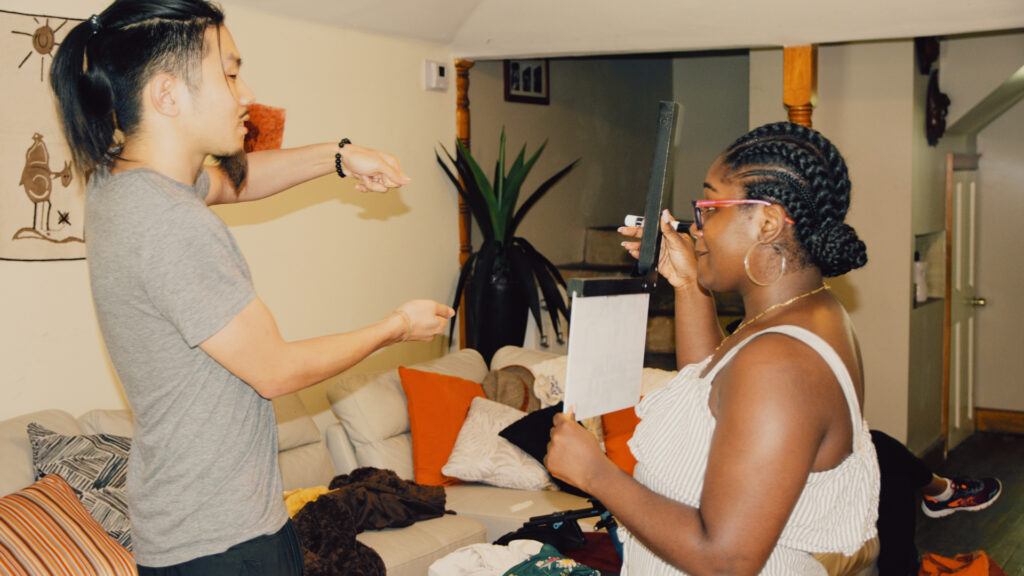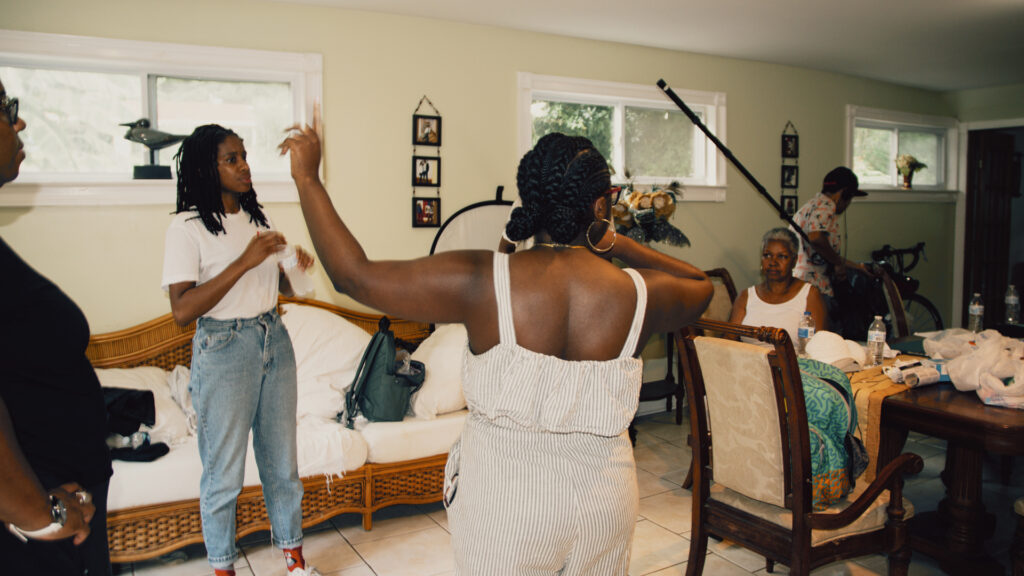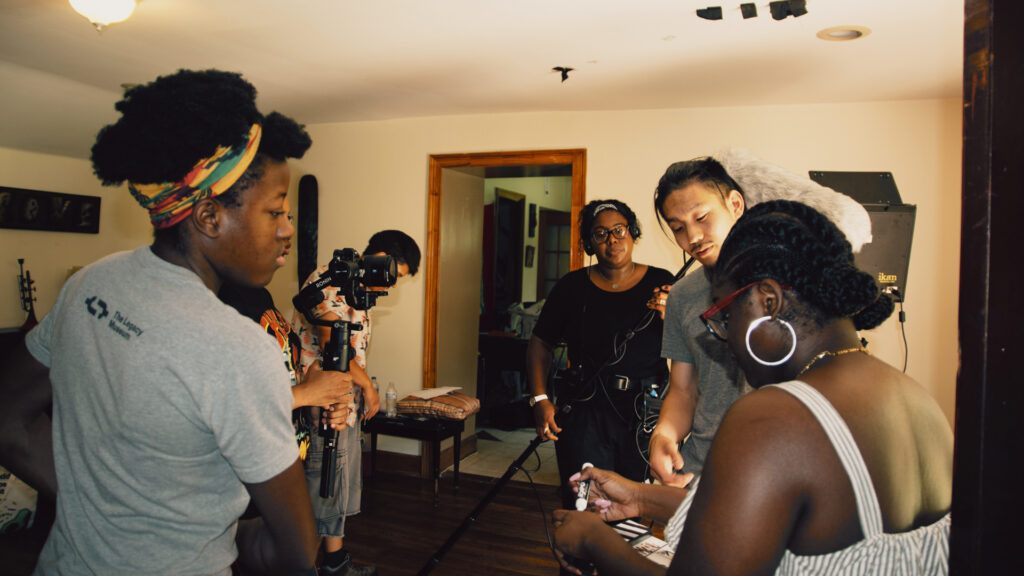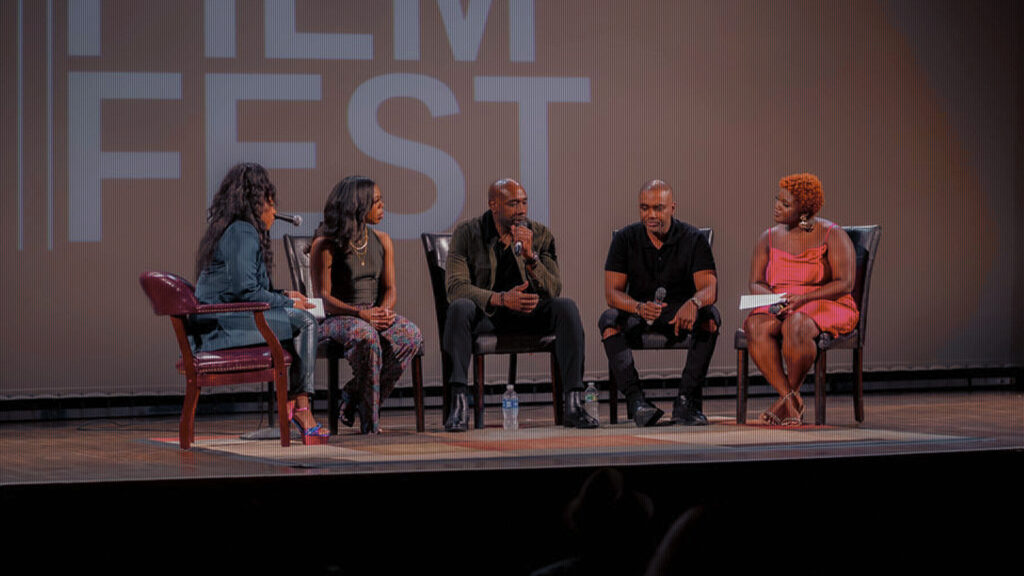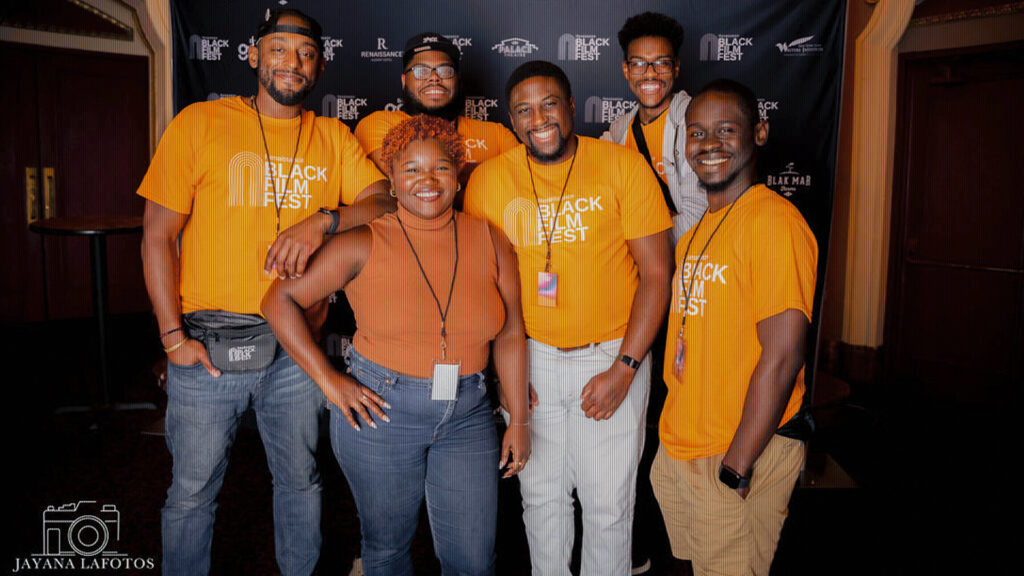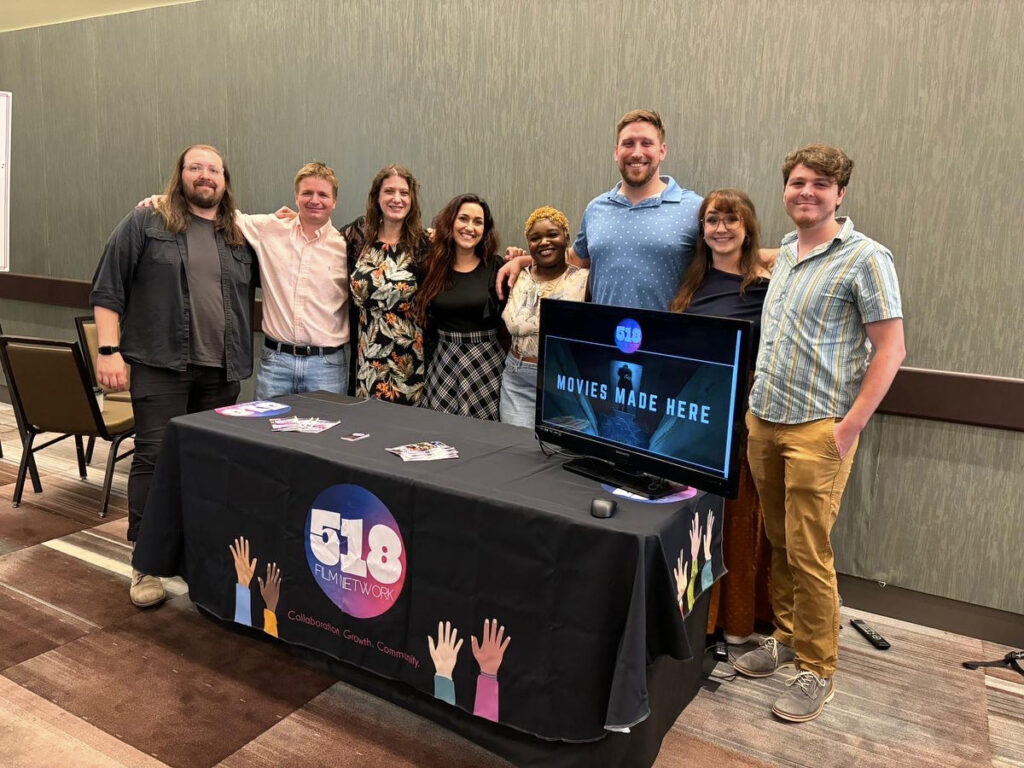Like the glory days of First Friday, METROLAND played such an important part in the creative discovery of what the Capital Region had to offer. Every week I remember picking up a copy (Usually at Tess’s Lark Tavern) and scanning through it to plan my weekend activities. While there are some other sources of arts and cultural listings in the region where you can find out things that are happening and get good interviews and background (Radio Radio X and Nippertown) METROLAND was always a gold standard for finding out where and what was happening from the above to underground scenes. Musician / Comedian Erin Harkes is looking to bring back that energy and has secured the brand for a new rendition as retooled as METROLAND NOW. The question is, what will she do with it?
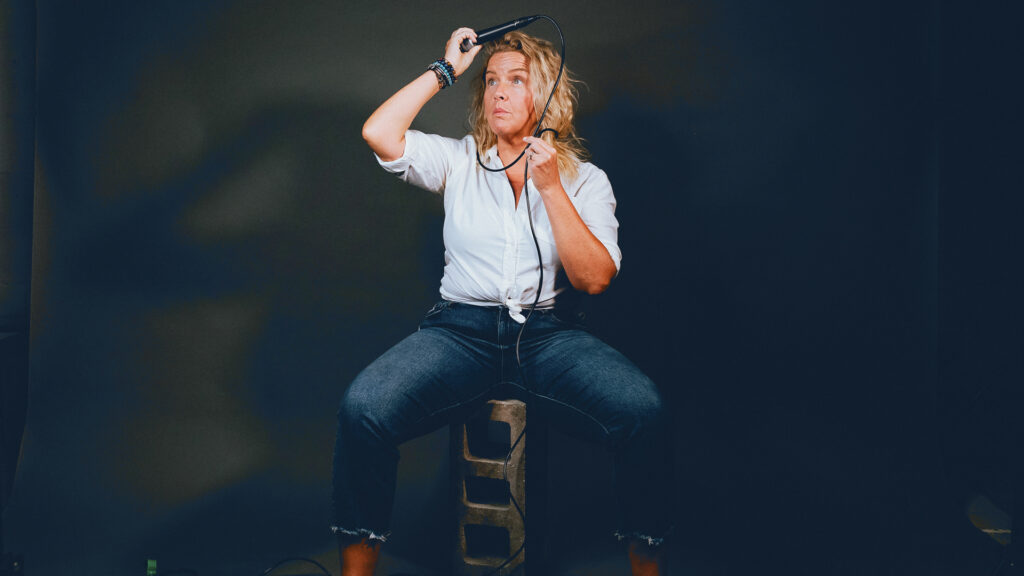
Could you state your name, title and background?
Erin Harkes. Multi-hyphenate 😉 Musician, Comedian, and now publisher!
As an entertainer who has spent over two decades in the capital region, navigating every twist and turn the industry has presented, continuously adapting and reinventing myself along the way. The constant throughout this journey has been the significance of marketing. While the methods of marketing may evolve, the essential need for it remains unchanged.
Many people often ask why I haven’t relocated to a larger city. It’s a complex question. Perhaps it stems from a sense of contentment or, by some accounts, complacency. It’s undeniable that bigger cities offer opportunities that may not be available here, yet I have consistently found ways to create my own paths. Instead of commuting to places like Boston or NYC every time I want to showcase my comedy, I decided to take matters into my own hands by producing shows specifically to provide myself with performance opportunities. I’ve approached music in a similar fashion, and now, I’m venturing into publishing as well with METROLAND NOW.
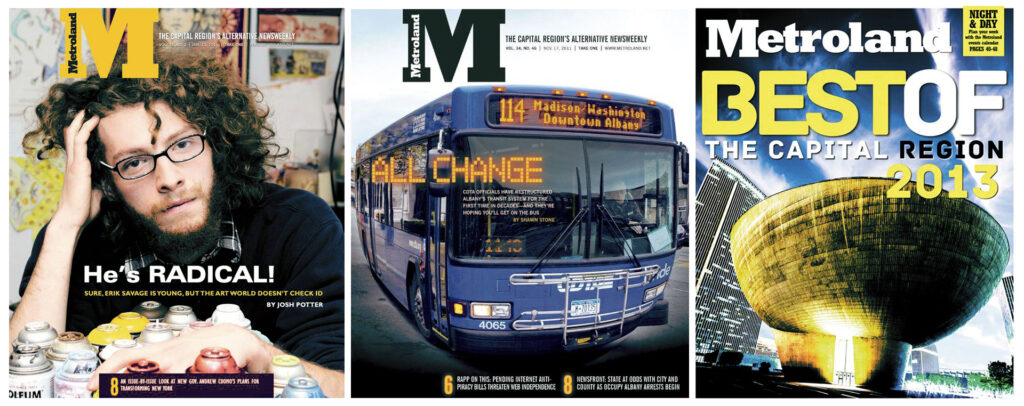
To many of us who have been around the region for a while, METROLAND was a gold standard for the arts and cultural sector (and activism). I was so disappointed to see it go. What made you decide that now was the time to revive that and how were you able to pull that off? What geographic area will you be covering? Topically, what will be the content focus of the publication?
I felt there was a void / vacuum in the area. There are definitely other publications but some are just not an option for me as a performer. I had always had the idea of reviving METROLAND in the back or my brain. I honestly never thought beyond that until this year. It all kind of happened organically through countless conversations with other creatives and folks in the community. We will be covering Albany, Troy, Schenectady, Saratoga and the general perimeter around those four. But we won’t hold ourselves back from places beyond that when the call comes! The focus, for now, will mostly be music but we’re expanding into arts and other entertainment, comedy, community events, non-profit organizations, small businesses, a comprehensive calendar and just see where it takes us! As long as the message is positive, we’ll share it!
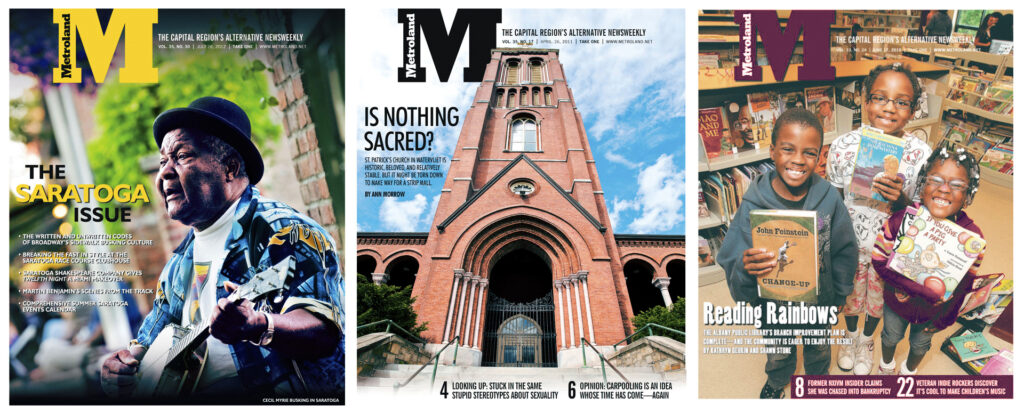
I know you started with the idea of being an online publication only and now I have heard murmurs that you are considering bringing a version into print also. Can you tell us more about what that will look like and what the timelines are on that front? Will this be a weekly issue?
I started this idea with NO intention of printing but the more I talked to folks the more I heard this exact phrase uttered: “I miss picking one up.” I really listened to that. For whatever reason, folks miss the physical nature of METROLAND. I don’t believe print is dead but I also don’t see the need for a weekly so we’re going to try for a monthly hopefully starting this month! (October 2024)
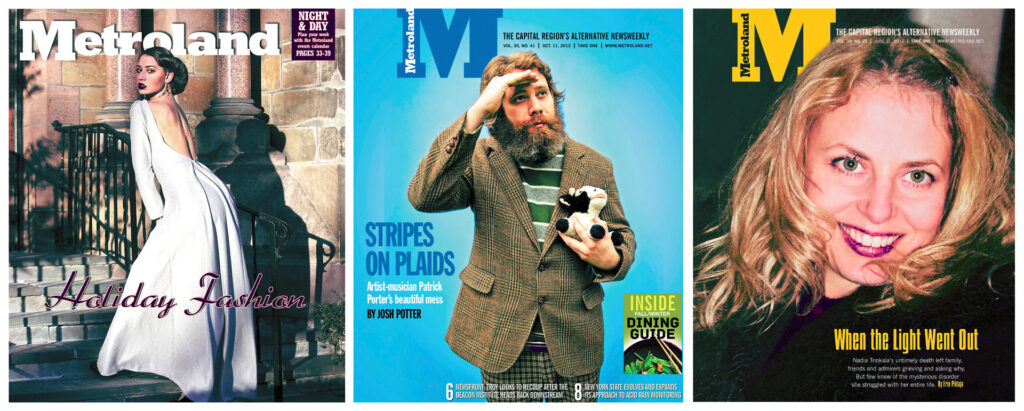
A robust and representative publication takes a lot of team work. How big is your current team? Is it mostly volunteers or paid folk? As I recollect, that last version of Metroland ended up closing due to financial issues. Do you have a plan to ensure that you don’t end up with similar challenges?
My current team is about seven folks, including myself. Everyone has been volunteering, including myself. There’s one person who I have been paying out of my own pocket because she does this for a living and has a small child and another on the way, whereas the other team members have day jobs. Everything is transparent; everyone knows who’s making what. I’m actively working on way to ensure that everyone, including myself, gets paid. It’s a priority. The last thing I want to do is exploit artists!
I registered as a non-profit because my priority is to try and help other non-profits in the area – be it venues or general NFP’s – get the attention they might not be able to afford otherwise. I plan on doing some fundraising and getting some sponsors/patrons/donors to help give to the cause. There will also be advertising opportunities that can generate income. My plan to make sure we stay financially viable is to use the resources I have built over my 20+ years in the Capital Region and learn from my peers. I have been offered an incredible amount of support from some of the most successful people in the area and am genuinely humbled by the respect I’ve been shown. I have a big ego and know what my vision is but I am not too proud to ask for help with the things that I haven’t learned enough about yet. It will take a village, but I HAVE that village.
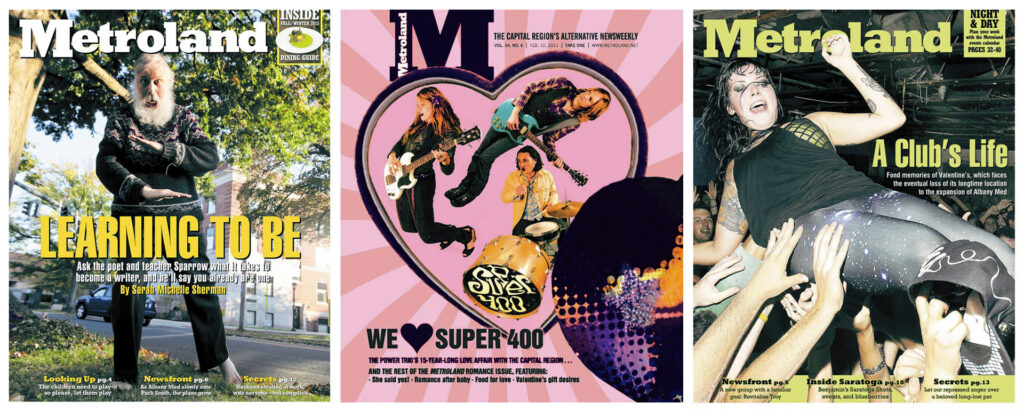
If folks want to be involved on the creative content side or are interested in advertising or being a distribution point, what’s the best way for them to get in touch?
We have received SO many submissions so far. We are working on the best way to filter through them all and give the best consideration to each and are still ironing out a process to make this easy for everyone involved. When it’s time it will be very clear how to do that! Right now we suggest checking the website and the social media. We’re chipping away at the messages we’ve already gotten and asking people to be patient with us. I have amazing volunteers and I am not about to overwhelm them. There’s a fine line between ambition/tenacity and harassment, though. The latter will not be rewarded. Even the most talented folks won’t be considered if they aren’t respectful during this process. Also the core group has to vote unanimously on new contributors. I want everyone to be safe and comfortable with their peers. That is paramount. Contacting ME directly isn’t a good idea, either. Haha! Just trying to make our boundaries very clear.
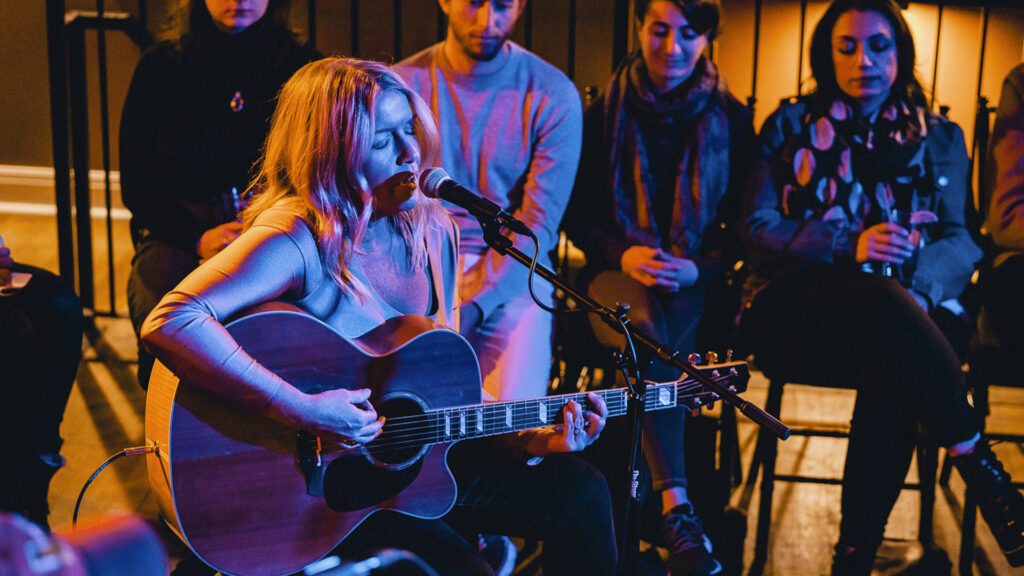
Shameless Plug: What would you like to share with us? Any things coming up on the horizon we should know about?
Thank you but honestly nothing right now! We just ask that everyone share the website and the socials and keep it up with all the positive messages. I can’t wait to watch this grow and work with our vibrant and talented community!
Finally, know that ACE! has your back! 🙂
LIKEWISE! I look very much forward to working with you guys closely!
For more on the final days of METROLAND previous...check out the article in the Times Union from January 2016 by Paul Grondahl.
